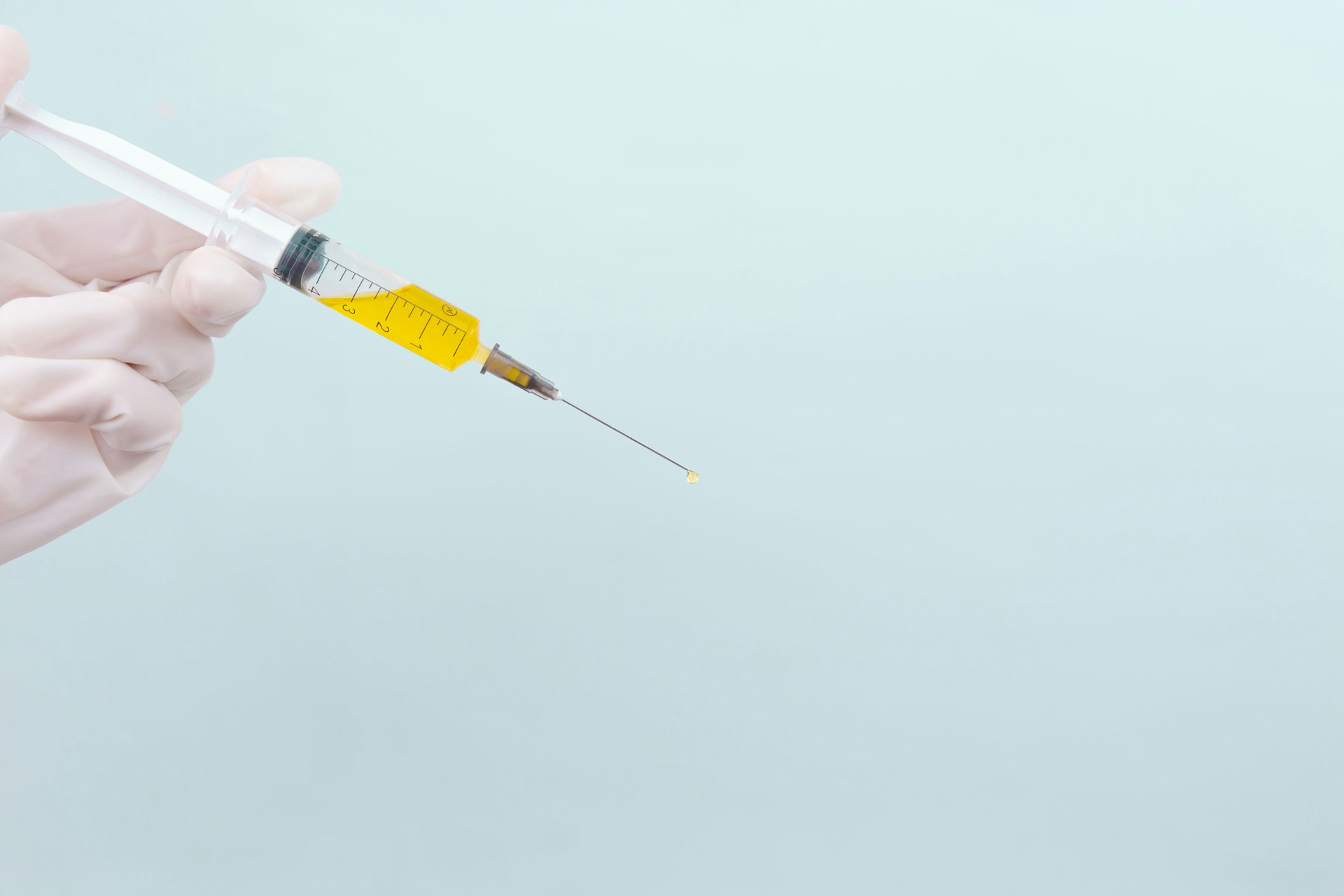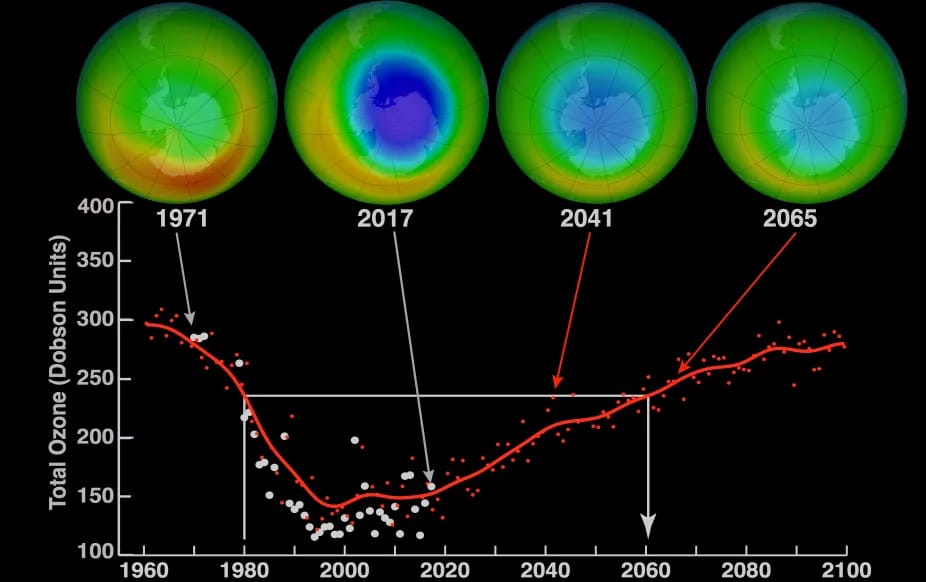Inverse Vaccines: A Revolutionary Approach to Autoimmune Diseases

The immune system is our body’s custodian against diseases and harmful foreign agents. But how does one treat an affliction when the body’s immune system turns against itself? A condition like this is called an autoimmune disease. In diseases like Celiac disease, Multiple Sclerosis, Rheumatoid Arthritis, and Type I Diabetes, the immune system perceives healthy tissues as foreign invaders and initiates an attack. This defensive strategy can cause harm to organs, tissues, and cells, resulting in a range of symptoms. Most autoimmune disorders have no known cure, and available therapies mostly aim to suppress the immune system to lower inflammation and impede the course of the illness. As a result, patients may become more susceptible to infections and other complications.
Inverse Vaccines: A Paradigm Shift
Inverse vaccines, also known as tolerogenic vaccines, are a novel approach that could redefine our understanding of immunology and disease treatment. Imagine a world where vaccines don’t just protect us from infectious diseases, but also help our bodies learn to tolerate conditions that once seemed insurmountable.
The Science Behind Inverse Vaccines
Traditional vaccines work by training our immune system to recognize and fight off pathogens, such as viruses and bacteria. They stimulate an immune response, equipping the body to defend itself and generate memory against future infections. In contrast, inverse vaccines operate on an entirely different principle: they are designed to retrain the immune system to tolerate specific antigens, essentially teaching it to ignore misidentified threats.
The concept of an inverse vaccine has been studied for decades. However, it was only restricted to experimental mouse models before, without any human clinical trials. Additionally, a recent breakthrough has made the eyes of big industry players turn to this exciting approach. Healthcare researchers have been successful in training the liver cells to efficiently teach the immune system to shield the antigen rather than attack it. This has been achieved by tagging the antigen with a sugar molecule known as N-acetylgalactosamine (pGal). Thus, the specialized liver cells present glycosylated antigens as ‘safe’, tricking the immune system into recognizing them as self-antigens.
Inverse vaccines are gaining attention because of their targeted approach and reduced side effects. This preventive therapy is expected to be more successful in controlling the disease since they specifically target the autoimmune reaction’s underlying cause.
New Developments and Breakthroughs
Researchers at leading institutions are exploring innovative delivery methods and adjuvants to enhance the efficacy of these vaccines. Inverse vaccines hold the potential for long-lasting effects. In an ideal scenario, inverse vaccines might be able to reprogram the immune system to permanently ignore the autoantigen, leading to a cure for the disease. Collaborations between biotechnology companies and academic institutions have been playing a pivotal role in accelerating the research, leading to a surge of funding and support for inverse vaccine development. Large players like Pfizer, Bristol Myers Squibb, Novartis, Roche, and Boehringer Ingelheim, as well as startups like Anokion, COUR Pharma, and Imcyse, have already made their mark in this industry.
Prominent immunologists, like Dr. Jane Smith from the Immunology Research Institute, emphasized the importance of this research: “Inverse vaccines could be the key to unlocking new therapies for conditions that have long eluded effective treatment.”
Potential Risks and Challenges
While the promise of inverse vaccines is tantalizing, challenges remain. Safety is a primary concern, as there is the potential for unintended consequences, such as weakening the immune response to actual infections. Regulatory hurdles also pose significant obstacles, with the need for extensive clinical trials to ensure safety and efficacy before these vaccines can become widely available.
Moreover, the complexity of the immune system presents additional challenges. Two major complications being faced by the scientists today are the ability to pinpoint the specific antigen responsible for triggering an autoimmune response and selectively target specific immune pathways without disrupting the overall balance of the immune response. Tackling these challenges requires a nuanced understanding of immunology that is still being developed.
The Future of Inverse Vaccines: Possibilities and Predictions
Experts predict that within the next decade, we may see inverse vaccines being applied to a broader range of diseases, including various allergies and chronic inflammatory conditions. Collaborations and advancements in immunology, bioengineering, and personalized medicine will likely accelerate the development of these therapies. If successful, these vaccines could pave the way for personalized immune therapies, allowing clinicians to tailor treatments to individual patients based on their specific immune profiles.
Inverse vaccines represent a paradigm shift in how we approach immunotherapy. By not only preventing disease but also potentially reversing it, this innovative approach holds the promise of alleviating the burden of autoimmune diseases and allergies that affect millions worldwide.
Similar Post You May Like
-

CFCs, HFCs and their long, troubled history
At its peak, the ozone hole covered an area 7 times larger than the size of Europe, around 29.9 million km2, and was rapidly expanding
-

The Origin of Universe: Deciding point where it all began!
Let us unravel and surf through the ideas throughout ages to understand what the universe and its origin itself was to its inhabitants across history.
-

The Artemis Program
Inspired by the Greek goddess of the Moon, twin sister to Apollo, the artimis program was named on 14 May 2019 by Jim Bridenstine.






